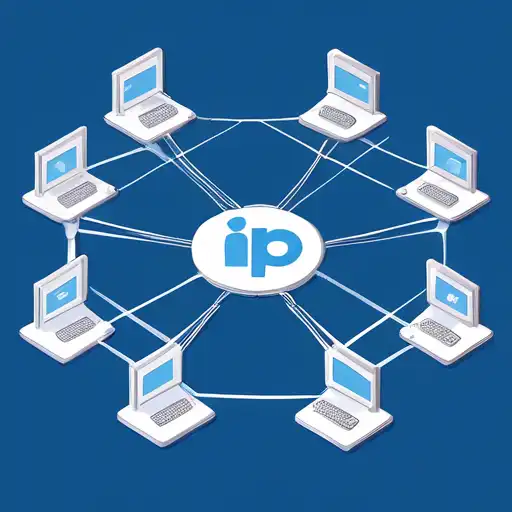Introduction to IP Addresses
In the digital world, an IP (Internet Protocol) address is akin to a home address for your device, allowing it to communicate with other devices on a network. Understanding the basics of IP addresses is crucial for anyone looking to grasp how the internet operates. This guide will walk you through the fundamentals of IP addresses, their types, and their role in networking.
What Is an IP Address?
An IP address is a unique identifier assigned to each device connected to a network that uses the Internet Protocol for communication. It serves two main functions: identifying the host or network interface and providing the location of the host in the network.
Types of IP Addresses
There are two primary versions of IP addresses in use today: IPv4 and IPv6.
IPv4
IPv4, the fourth version of the Internet Protocol, is the most widely used IP address format. It consists of four numbers separated by dots, e.g., 192.168.1.1. Each number can range from 0 to 255, providing a total of about 4.3 billion unique addresses.
IPv6
With the internet's exponential growth, IPv6 was introduced to address the limitation of IPv4's address space. IPv6 addresses are 128-bit long, represented by eight groups of four hexadecimal digits, e.g., 2001:0db8:85a3:0000:0000:8a2e:0370:7334. This format allows for a vastly larger number of unique addresses.
How IP Addresses Work
When you type a website's name into your browser, a Domain Name System (DNS) server translates the name into an IP address, enabling your device to connect to the website's server. This process is fundamental to how the internet functions, ensuring that data reaches its intended destination.
Static vs. Dynamic IP Addresses
IP addresses can be static or dynamic. A static IP address remains constant, making it ideal for hosting websites or services. In contrast, a dynamic IP address is assigned by a DHCP server and can change over time, which is common for residential internet connections.
Why Understanding IP Addresses Is Important
Grasping the concept of IP addresses is essential for troubleshooting network issues, setting up a home network, or pursuing a career in IT. It's the foundation upon which the internet is built, enabling devices to communicate seamlessly across the globe.
Conclusion
IP addresses are the cornerstone of internet communication, enabling devices to identify and locate each other on a network. Whether you're a budding IT professional or just curious about how the internet works, understanding IP addresses is a vital first step. For more insights into networking basics, explore our comprehensive networking guide.
